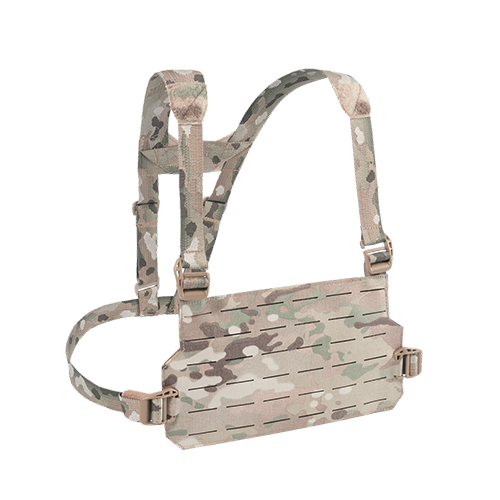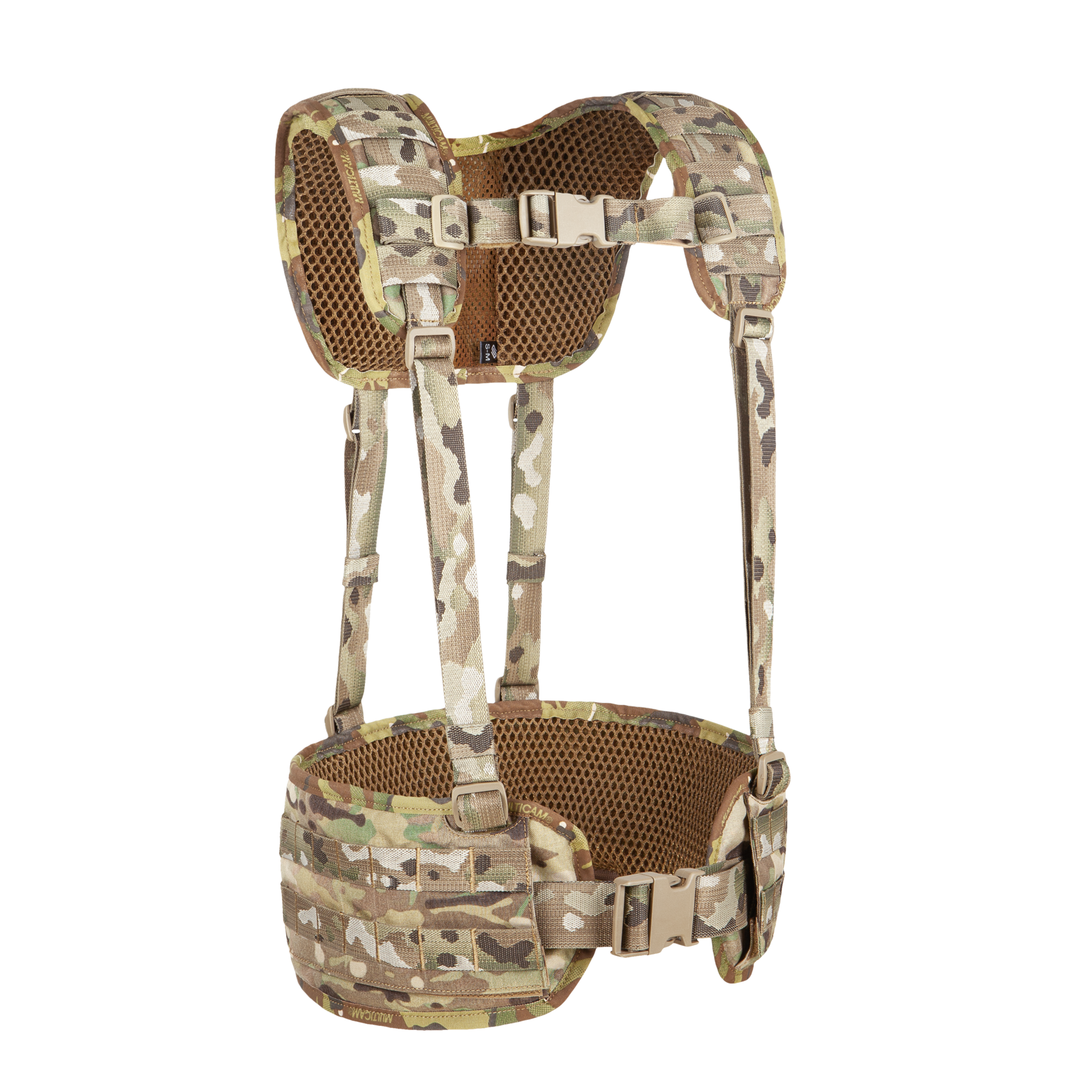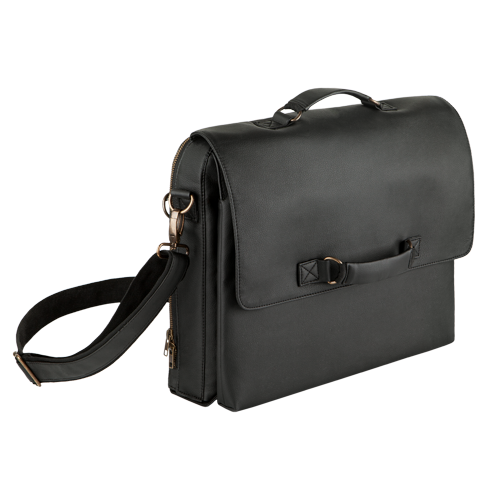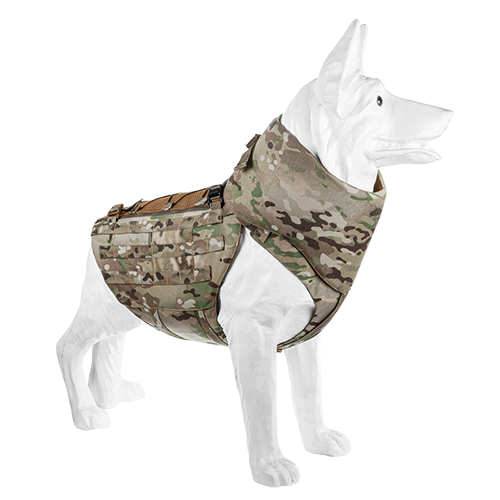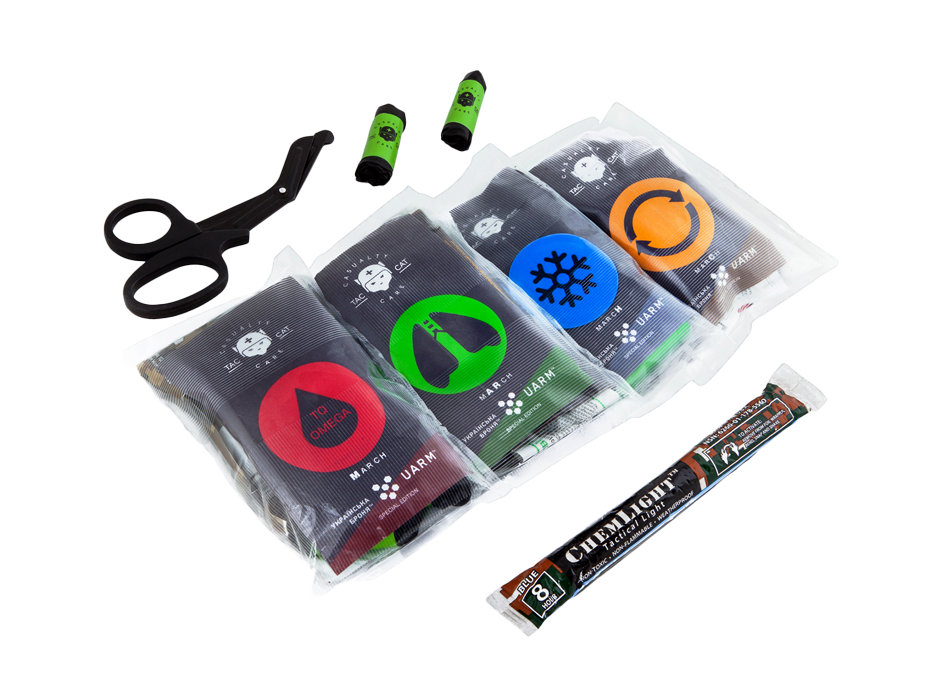Sort by Relevance
Sort by
- Relevance
- Lowest price
- Top customer rating
- Highest price
In Stock
Color

MultiCam
Coyote
Ranger Green
Black
Price
$
- $0
- $100
- $200
- $300
- $400
$
- $100
- $200
- $300
- $400
Size
S/XL
Shop By
Military
8
Law Enforcement
8
Gun Owners
8
Advanced Filters
Protection Level
Level 2 body
armor
8
Level 2 body
armor
8
Level 2 body
armor
8
Level 2 body
armor
8
Level 2 body
armor
8
Level 2 body
armor
8
Protection
Level 2 body
armor
8
Level 2 body
armor
8
Level 2 body
armor
8
Level 2 body
armor
8
Level 2 body
armor
8
Level 2 body
armor
8
Medical kits are one of the most important pieces of gear that virtually every operator will carry into every mission. And, even when there is a dedicated medic for the team everyone needs to have the ability to administer first aid and to hold off any injury until more help arrives.
Because all teams need medical kits, their types will vary deepening on the size of the team or squad on a mission. That is why there are, generally, three types of med-kits you will see in the field:
- First aid kits
- Field medic kits
- Field surgical kits

